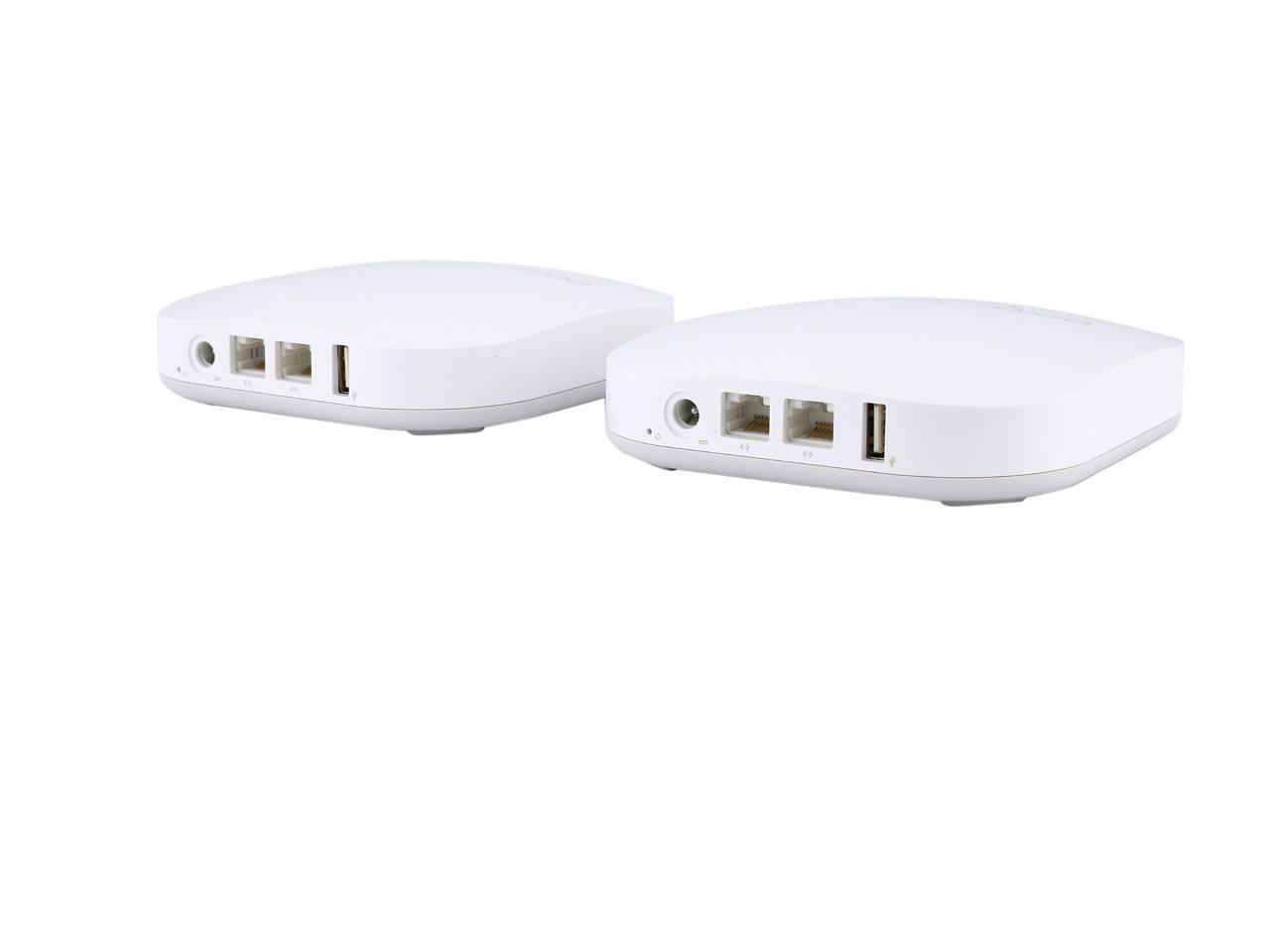
Your connection to the Internet must use a dedicated line such as T1, Fractional T1, or Frame Relay.
Layer Two Tunneling Protocol (L2TP): Provides data encryption, authentication, and integrity using IPSec. Point-to-Point Tunneling Protocol (PPTP): Provides data encryption using Microsoft Point-to-Point Encryption. The two tunneling protocols included with Windows are: By default, however, the Routing and Remote Access service is turned off. The Routing and Remote Access service is installed automatically during the installation of Windows Server 2003. The tunneling is completed through one of the tunneling protocols included with servers running Windows Server 2003, both of which are installed with Routing and Remote Access. Components of a VPNĪ VPN in servers running Windows Server 2003 is made up of a VPN server, a VPN client, a VPN connection (that portion of the connection in which the data is encrypted), and the tunnel (that portion of the connection in which the data is encapsulated). To make sure data is secure as it travels over the public network, a VPN connection uses Point-to-Point Tunneling Protocol (PPTP) or Layer Two Tunneling Protocol (L2TP) to encrypt data. Virtual private networks use authenticated links to make sure that only authorized users can connect to your network. The VPN connection across the Internet logically operates as a dedicated wide area network (WAN) link. This technology allows an enterprise to connect to its branch offices or to other companies over a public network while maintaining secure communications. If you have a high-speed Internet connection (such as cable or DSL) at your computer and at your office, you can communicate with your office at full Internet speed, which is much faster than any dial-up connection that uses an analog modem. By using an Internet connection, you can travel worldwide and still, in most places, connect to your office with a local call to the nearest Internet-access phone number. A VPN combines the virtues of a dial-up connection to a dial-up server with the ease and flexibility of an Internet connection. 
Overview of VPNĪ virtual private network is a means of connecting to a private network (such as your office network) by way of a public network (such as the Internet). Data is sent across the public network by using its routing infrastructure, but to the user, it appears as if the data is sent over a dedicated private link.


VPNs do this by "tunneling" through the Internet or through another public network in a manner that provides the same security and features as a private network. You can make your Windows Server 2003-based computer a remote-access server so that other users can connect to it by using VPN, and then they can log on to the network and access shared resources. With a virtual private network, you can connect network components through another network, such as the Internet. This step-by-step article describes how to install virtual private networking (VPN) and how to create a new VPN connection in servers that are running Windows Server 2003.įor a Microsoft Windows XP version of this article, see 314076.Īpplies to: Windows Server 2003 Original KB number: 323441 Summary







 0 kommentar(er)
0 kommentar(er)
